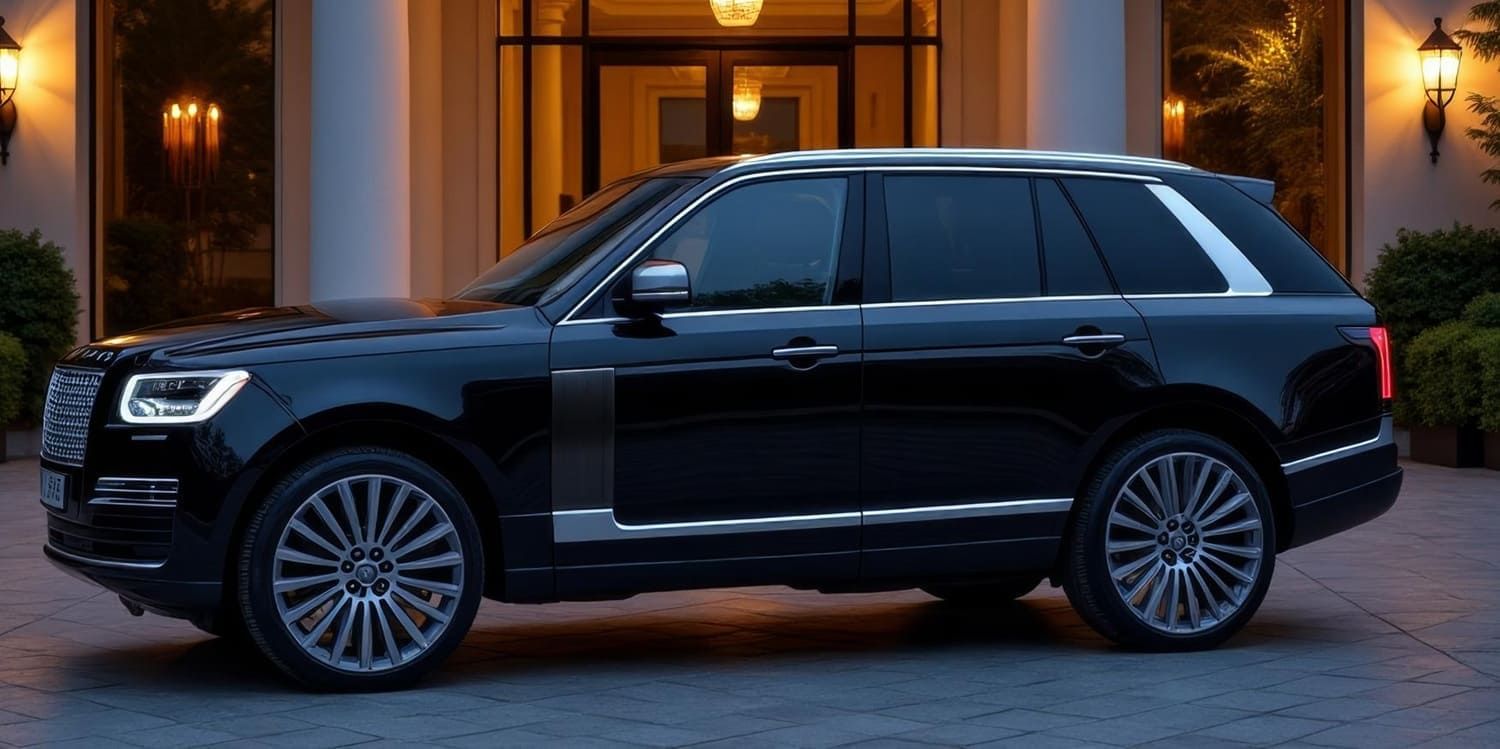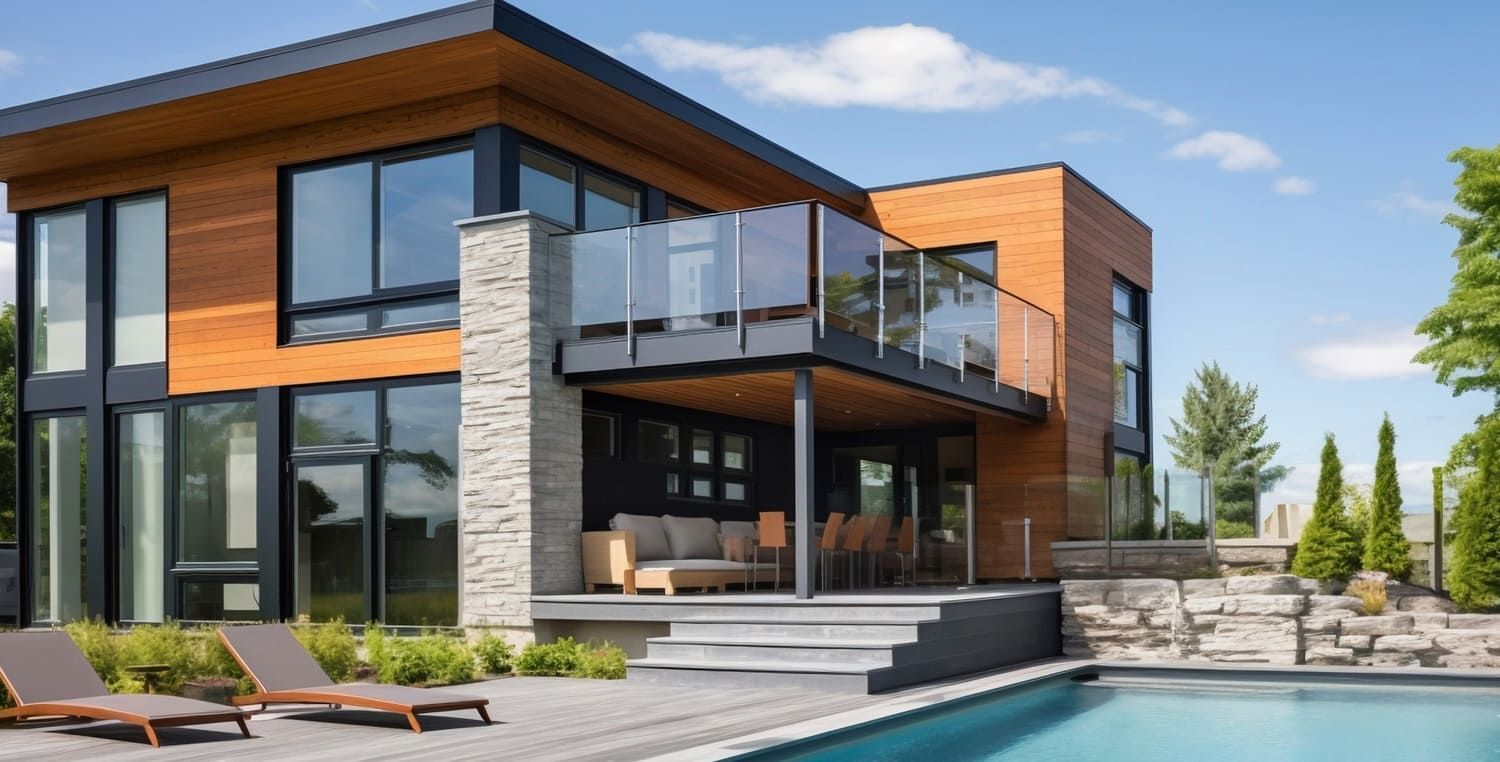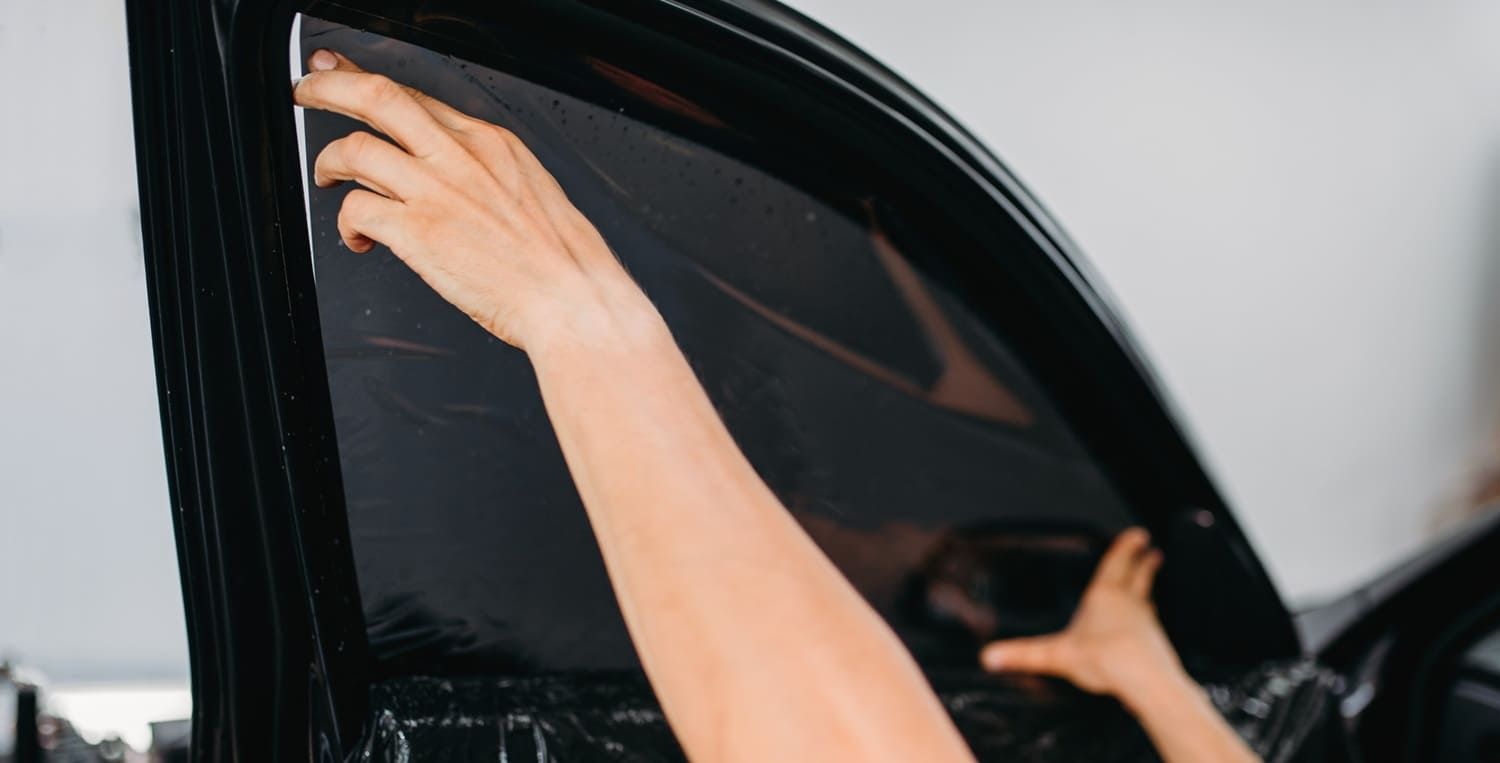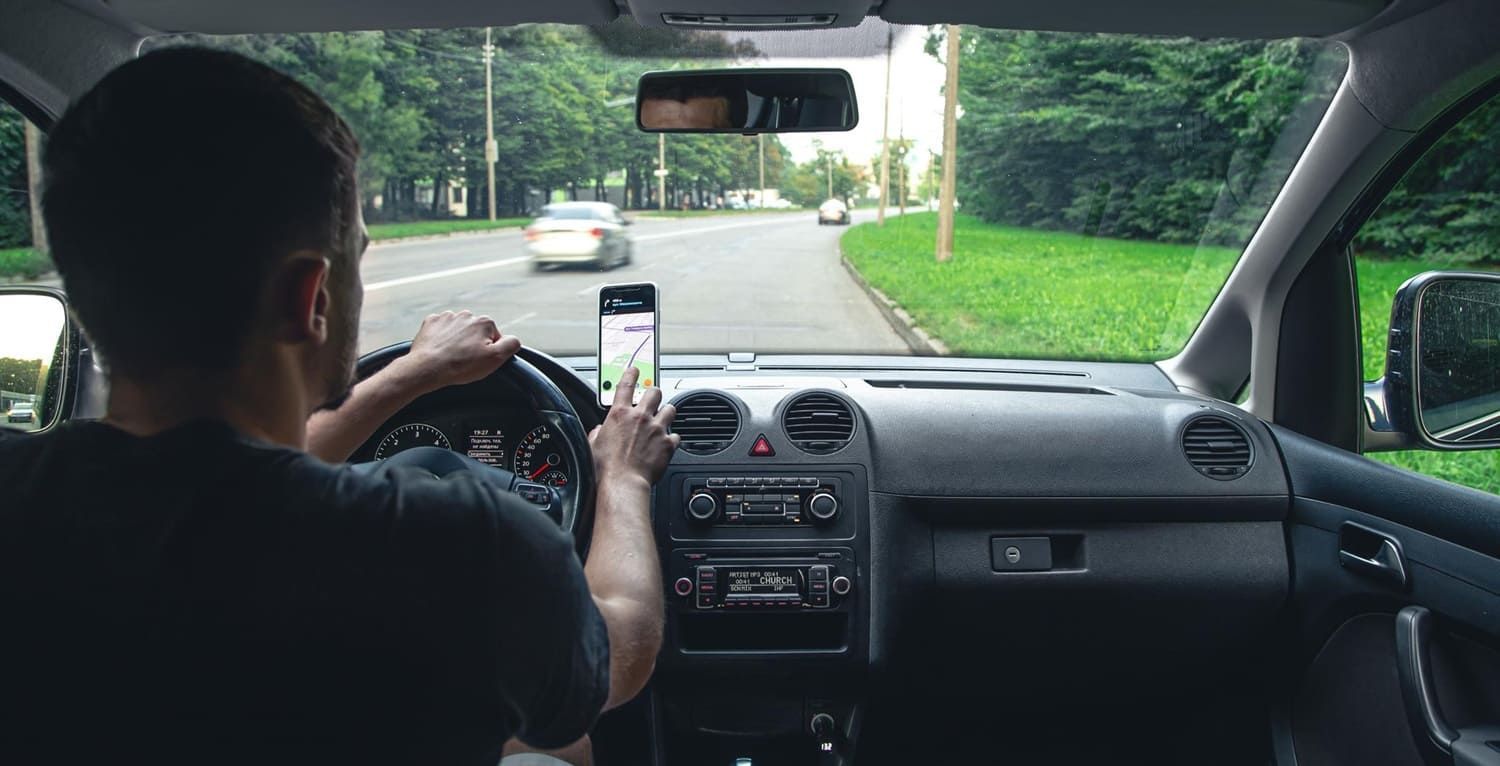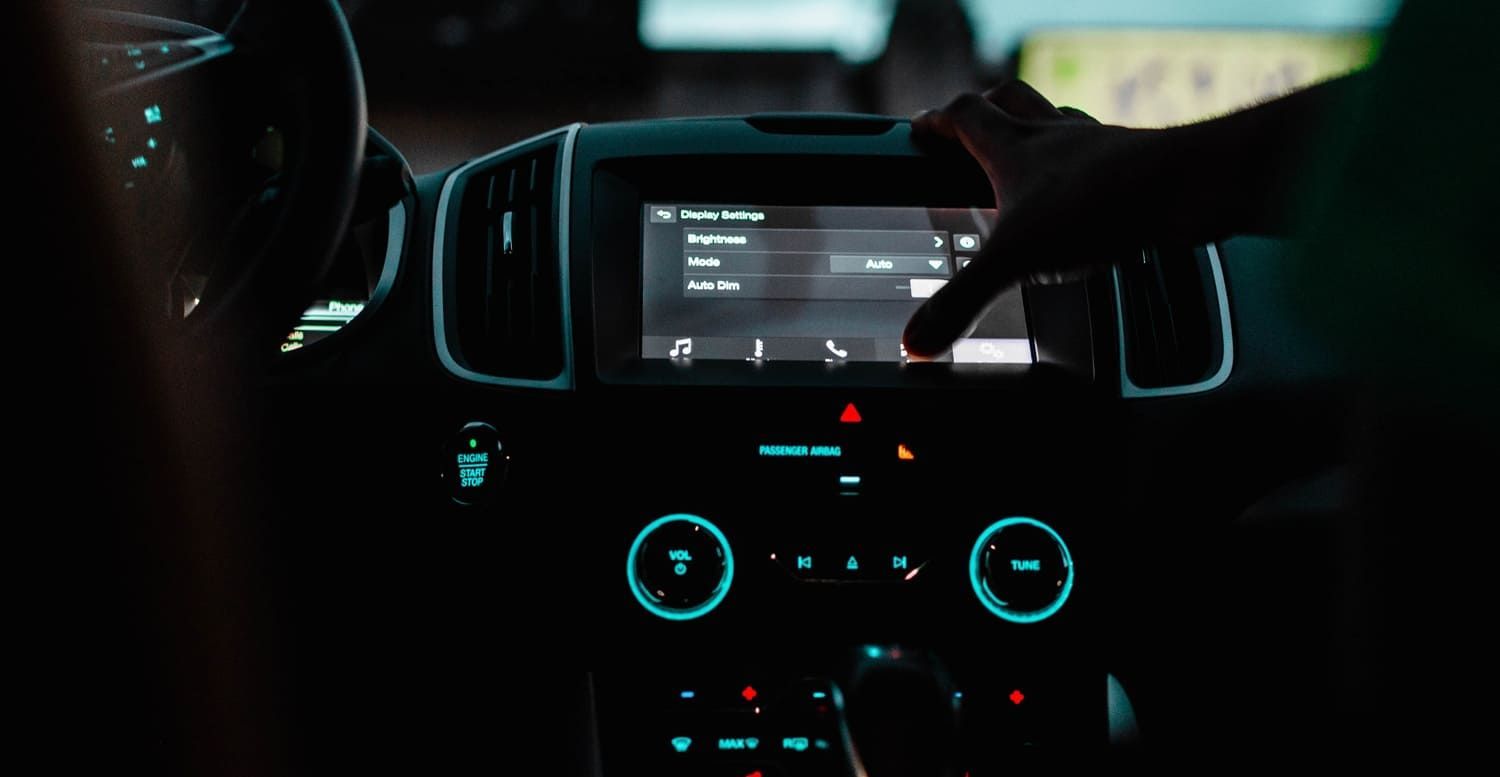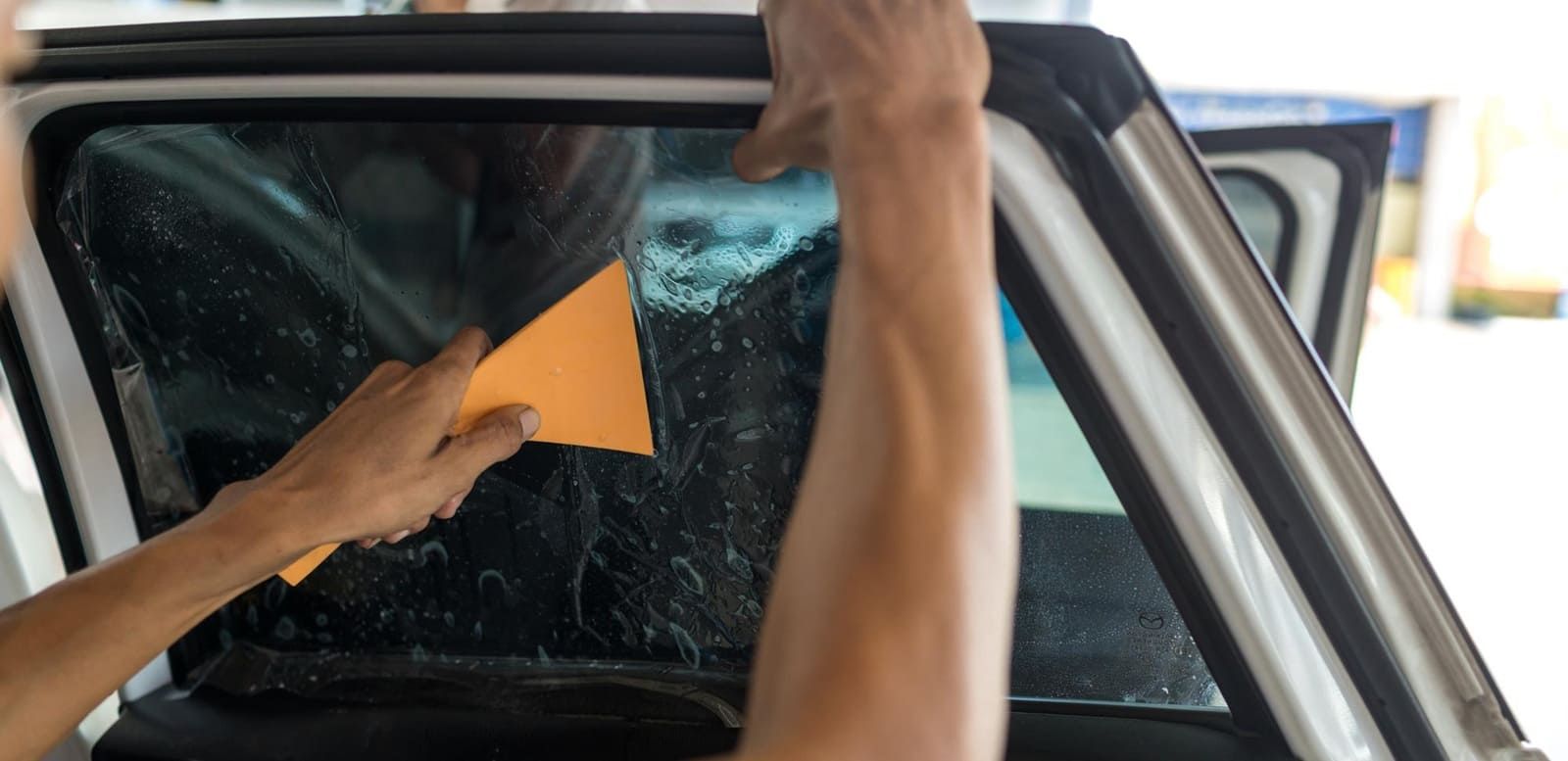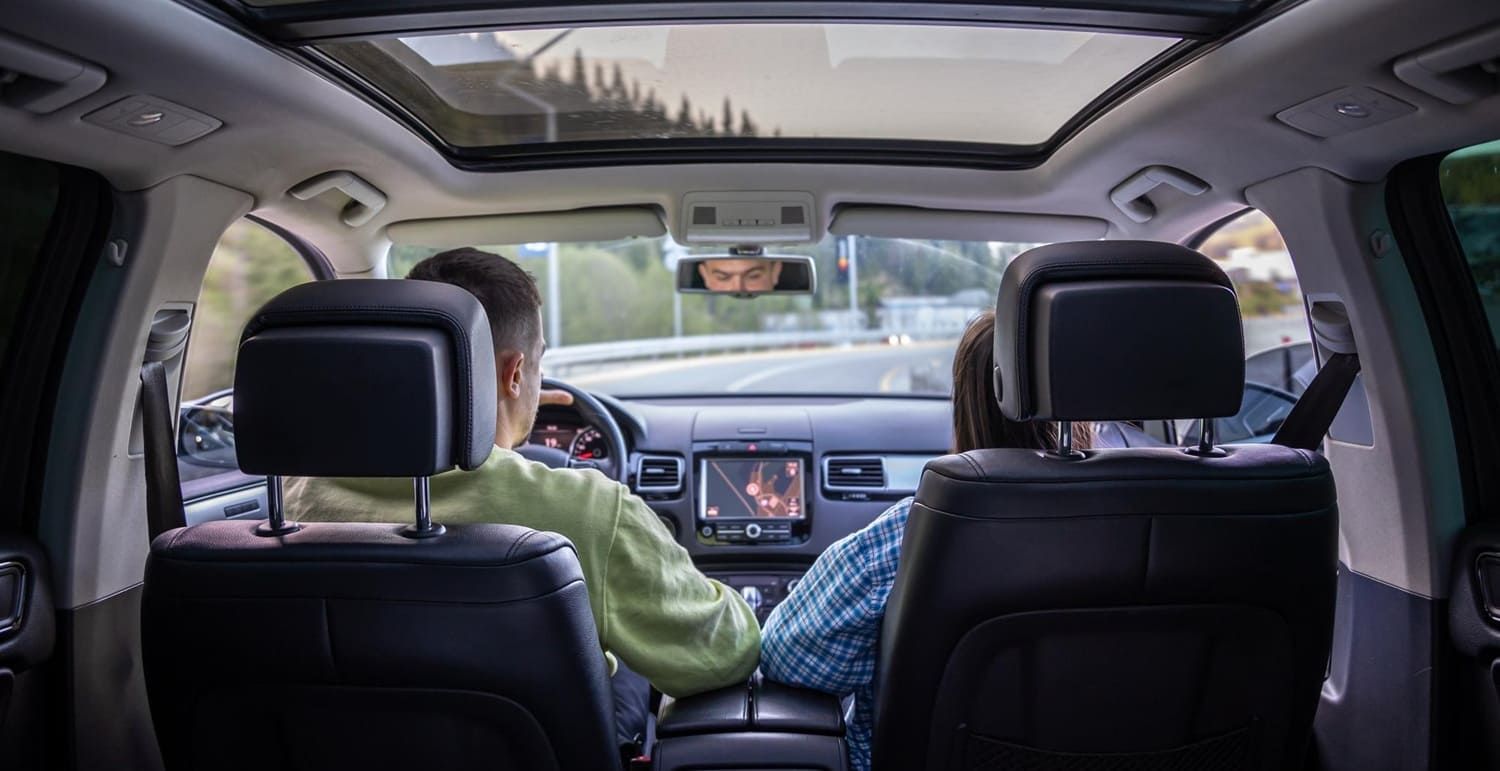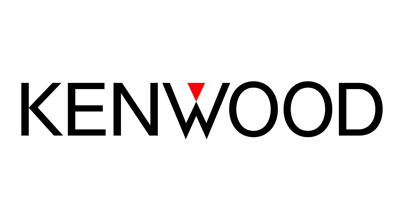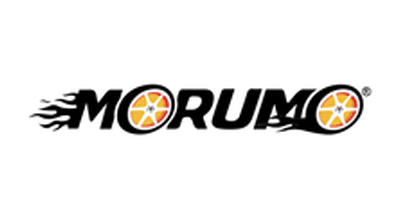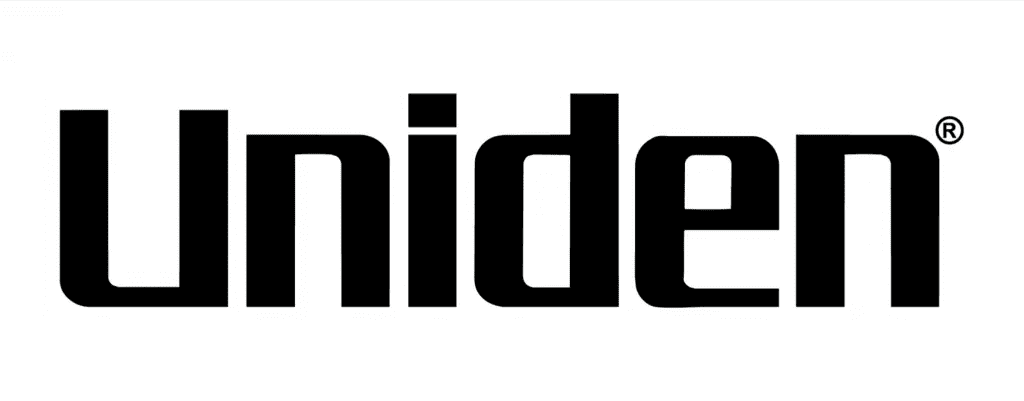Do All Tinting Films Offer UV Protection?
Tinting films are thin layers of polyester or other materials applied to windows, primarily in vehicles and buildings. They serve multiple purposes, including enhancing privacy, reducing glare, and improving energy efficiency by minimizing heat transfer. These films are designed to reduce the amount of visible light and heat that passes through the glass, thereby contributing to a more comfortable interior environment. They come in a variety of shades and colors, depending on the desired effect, offering options for both subtle and bold looks.
In terms of composition, tinting films are crafted from various materials such as dyes, metals, carbon, or ceramics. Each material offers distinct properties that cater to different consumer needs and preferences. The choice of material impacts not only the aesthetic and functional characteristics of the film but also its effectiveness in blocking UV rays and managing thermal energy. Understanding these differences is crucial for making an informed decision when selecting a tinting film.
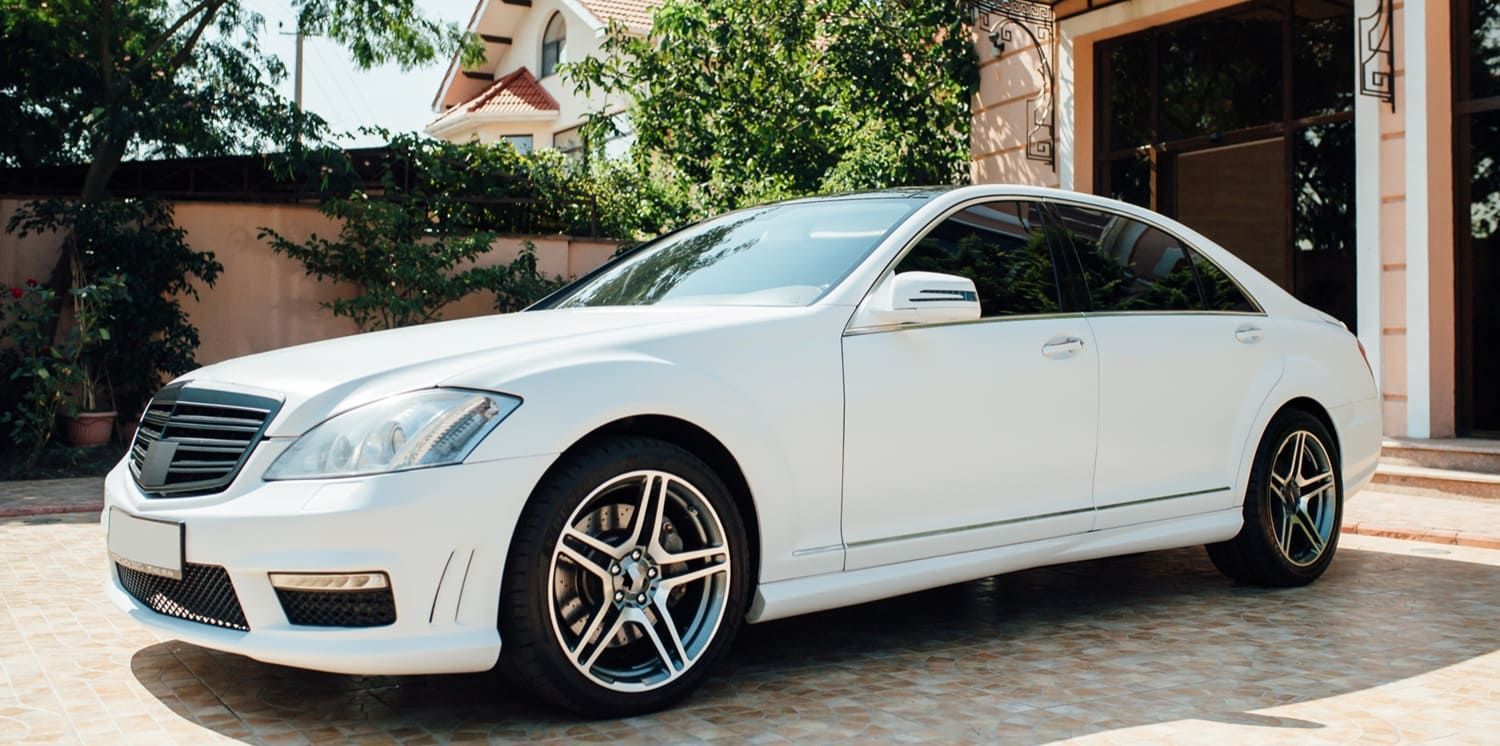
Types of Tinting Films
There are several types of tinting films available, each with its unique properties and benefits:
- Dyed Films: These films are made by applying a dye to the film, which absorbs solar heat and reduces glare. They are favored for their affordability and non-reflective finish. However, they offer limited UV protection compared to other types, making them a less ideal choice for those primarily concerned with UV exposure.
- Metalized Films: These films contain tiny metallic particles that reflect heat and block UV rays more effectively than dyed films. They are known for their durability and superior glare reduction capabilities. However, the presence of metal can sometimes interfere with electronic signals such as GPS or mobile phones, which is a factor to consider depending on usage.
- Carbon Films: Known for their matte finish and non-reflective appearance, carbon films offer excellent UV protection and do not fade over time. They are an excellent choice for those looking for a high-performance film without the reflective appearance of metalized options. Carbon films also add a sleek and modern look to vehicles and buildings.
- Ceramic Films: These are the most advanced tinting films available. They provide superior UV protection, reduce glare, and do not interfere with electronic devices. Their high performance and durability make them a preferred option despite being the most expensive. Ceramic films are particularly valued for their clarity, allowing for excellent visibility while still offering substantial protection.
The Importance of UV Protection
UV protection is crucial for several reasons. Ultraviolet (UV) rays from the sun can cause significant harm to both your skin and your belongings. Prolonged exposure to UV rays can lead to skin cancer, premature aging, and other skin-related issues. The damaging effects of UV radiation are well-documented, with healthcare professionals advocating for protective measures to mitigate risks.
Additionally, UV rays can cause the interior of your vehicle or home to fade and deteriorate over time. Items such as upholstery, carpets, and even electronic components can suffer from prolonged sun exposure. By blocking UV rays, tinting films help preserve the color and integrity of these materials, ultimately extending their lifespan and maintaining their aesthetic appeal.
How Tinting Films Protect Against UV Rays
Tinting films protect against UV rays by blocking or absorbing them before they penetrate through the glass. This is achieved through the materials used in the film, such as dyes, metals, carbon, or ceramic particles. The composition of the film determines its effectiveness in filtering out harmful UV radiation. The level of UV protection varies depending on the type of film and its quality, with more advanced films offering higher protection levels.
Furthermore, the technology behind tinting films has evolved to enhance their protective capabilities. High-quality films can block up to 99% of UV rays, providing comprehensive protection for both occupants and interiors. This level of protection is crucial for maintaining a safe and comfortable environment, whether in a vehicle or a building. The choice of film should therefore consider both immediate needs and long-term benefits.
Do All Tinting Films Offer UV Protection?
While most tinting films offer some level of UV protection, not all films are created equal. The differences in material composition and manufacturing quality mean that the level of UV protection can vary significantly. Here's how different types stack up:
Dyed Films
Dyed films offer minimal UV protection. They are primarily designed to reduce glare and heat by absorbing solar energy. While they are an economical choice, they may not be sufficient for individuals seeking substantial UV protection. Those primarily concerned about UV exposure should consider alternative options that provide better shielding.
The primary advantage of dyed films lies in their cost-effectiveness and aesthetic versatility. They can be a suitable choice for those with budget constraints or for applications where UV protection is not a priority. However, it's essential to weigh these benefits against the potential long-term effects of inadequate UV protection.
Metalized Films
Metalized films provide a better level of UV protection compared to dyed films. The metallic particles in the film reflect and block UV rays, offering improved protection for your skin and interior furnishings. This makes them a practical choice for those who want a balance between cost and performance.
However, the reflective nature of metalized films can sometimes be a drawback, as it may create a mirrored effect that some find undesirable. Additionally, the potential for interference with electronic signals should be considered, especially in environments where connectivity is crucial.
Carbon Films
Carbon films offer excellent UV protection, blocking up to 99% of UV rays. They are a great option for those looking to protect both their skin and the interior of their vehicle or home without the reflective appearance of metalized films. Their non-fading properties and stylish matte finish add to their appeal.
These films are particularly popular among consumers who prioritize both aesthetics and functionality. The durability of carbon films ensures that they maintain their effectiveness over time, providing a reliable solution for UV protection needs.
Ceramic Films
Ceramic films are the best choice for UV protection, blocking nearly 99% of UV rays. They are non-reflective, do not fade over time, and do not interfere with electronic signals, making them an ideal choice for comprehensive protection. Their advanced technology and superior performance justify their higher price point.
In addition to their protective qualities, ceramic films offer exceptional clarity and visibility, ensuring a safe and comfortable experience for occupants. For those who prioritize top-tier protection and are willing to invest in quality, ceramic films represent the pinnacle of tinting technology.
Choosing the Right Tinting Film
When selecting a tinting film, consider your specific needs and priorities. The decision-making process should take into account factors such as UV protection, budget, aesthetic preferences, and potential impact on electronic devices. If UV protection is a top concern, opt for carbon or ceramic films. These films offer superior protection and long-term durability. However, if budget constraints are a factor, metalized films can still provide adequate UV protection at a lower cost.
Factors to Consider
- Budget: Determine how much you are willing to spend on tinting films. Keep in mind that higher-quality films with better UV protection may cost more upfront but can save you money in the long run by protecting your interior and skin. Weighing the initial investment against long-term benefits is crucial for making a sound financial decision.
- Aesthetic Preferences: Consider the look you want to achieve. Metalized films have a reflective appearance, while carbon and ceramic films offer a more matte finish. The choice of film can significantly impact the visual appeal of your vehicle or building, so select a style that aligns with your taste and functional requirements.
- Local Regulations: Check local laws and regulations regarding the allowed tint levels for vehicles and buildings in your area. This can impact your choice of tinting film. Compliance with legal standards is essential to avoid potential fines or the need for removal and replacement.
- Installation: Proper installation is crucial for ensuring the effectiveness of the tinting film. Consider hiring a professional installer to achieve the best results. Professional installation minimizes the risk of errors and ensures that the film adheres correctly, providing optimal performance.
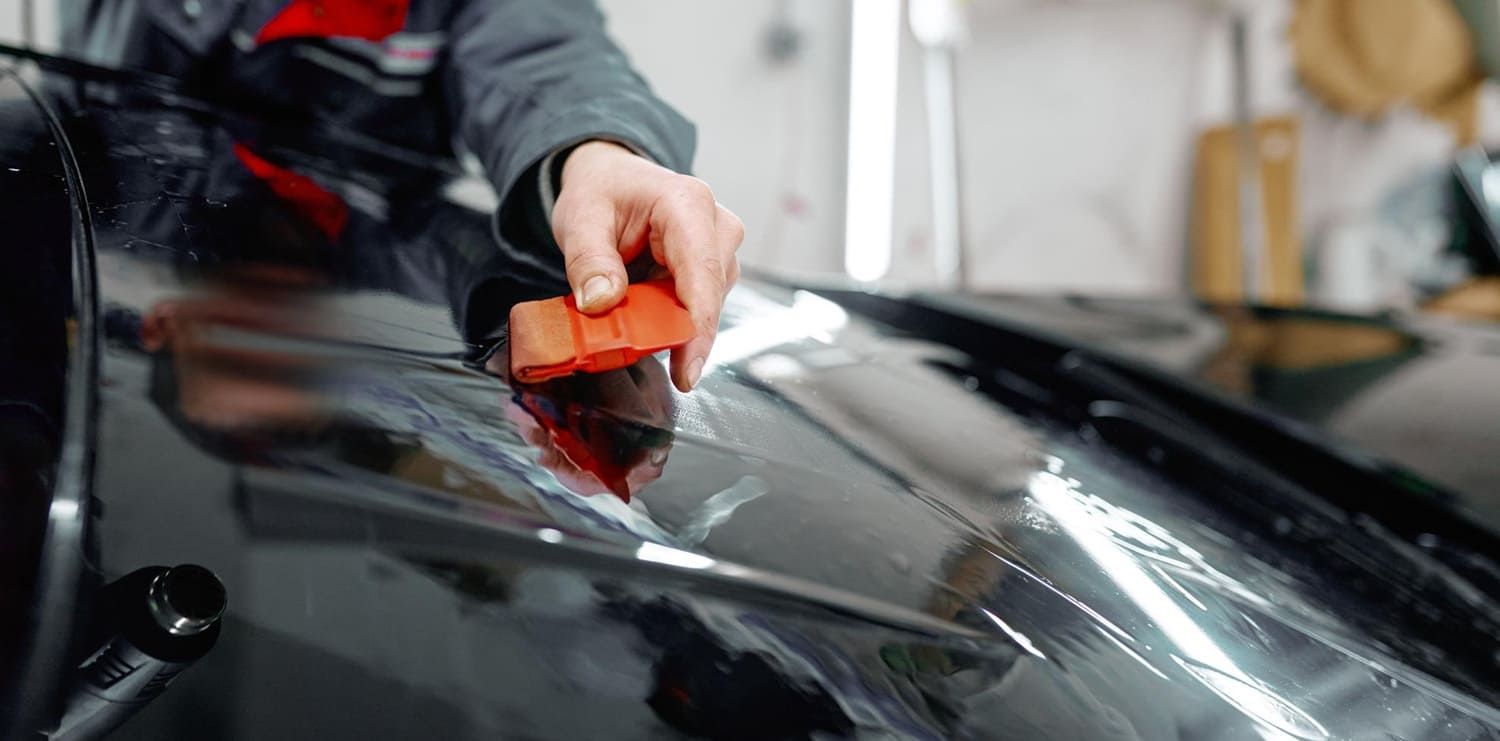
Frequently Asked Questions
Can I install tinting films myself?
While it is possible to install tinting films yourself, professional installation is recommended. A professional installer ensures that the film is applied correctly, without bubbles or creases, and that it adheres properly to the surface. DIY installation may lead to imperfections that compromise the film's appearance and functionality.
Furthermore, professionals have access to specialized tools and techniques that facilitate a smoother application process. The investment in professional installation can enhance the longevity and performance of the tinting film, providing peace of mind and superior results.
How long do tinting films last?
The lifespan of tinting films varies depending on the type and quality of the film, as well as the conditions in which it is used. High-quality films, such as ceramic and carbon, can last up to 10 years or more with proper care. Regular maintenance and cleaning can also extend the lifespan of the film, ensuring continued protection and performance.
Environmental factors, such as exposure to harsh weather conditions, can impact the durability of tinting films. Selecting a film that is suited to your specific environment and usage patterns is essential for maximizing its longevity.
Do tinting films affect visibility?
Tinting films can reduce visibility, especially at night or in low-light conditions. However, choosing the right shade and type of film can minimize this effect while still providing the desired benefits. It's important to balance the need for privacy and glare reduction with safety considerations, ensuring that visibility is not unduly compromised.
Advancements in tinting technology have improved the clarity and performance of films, allowing for effective UV protection and glare reduction without significantly impacting visibility. Consulting with a professional can help identify the best options for your specific needs.
Conclusion
At BOCA TINT & AUDIO, your premier window tinting installers near you serving Boca Raton, FL, we help drivers and homeowners choose the best film for UV protection, privacy, and long-term performance. Not all tinting films are created equal—while basic dyed films offer minimal protection, metalized, carbon, and ceramic films provide superior UV blocking capabilities and heat rejection.
When selecting the right tint, it’s essential to consider your needs, budget, and local regulations. High-quality window tinting not only enhances privacy and reduces glare but also protects your skin and interior from harmful UV rays that cause fading and damage.
Contact BOCA TINT & AUDIO today for a free estimate, and let us help you choose the ideal window film for your car or property—delivering comfort, protection, and lasting value.
FAQs About UV Protection in Window Tinting Films
Do all window tinting films block UV rays?
Not all films offer equal UV protection. While most quality films block some UV, only premium films like ceramic or carbon block up to 99% of harmful UV rays.
What kind of UV rays do tinting films block?
Top-tier films are designed to block both UVA and UVB rays, which are responsible for skin damage, fading interiors, and long-term exposure risks.
Do cheaper dyed films offer UV protection?
Basic dyed films offer minimal UV protection—typically around 30–50%—and tend to degrade faster under sun exposure.
Is UV protection included in decorative or privacy films?
Some decorative films offer partial UV protection, but their main function is aesthetics or privacy. Always check the film's specs before assuming UV benefits.
Which types of tint films offer the most UV protection?
Ceramic, carbon, and multi-layer nano films are the best at blocking up to 99% of UV radiation, making them ideal for health and interior preservation.
Does factory tint (privacy glass) offer UV protection?
Factory tint is often just colored glass that offers little or no UV protection. Applying a high-quality window film over it enhances UV defense.
Why is UV protection important in window film?
UV rays contribute to skin aging, increased cancer risk, interior fading, and dashboard cracking. Proper window film serves as an added layer of protection.
Can window tint protect against skin damage?
Yes. Medical studies support that UV-blocking window film can reduce skin cancer risk, especially for drivers who spend long hours behind the wheel.
Is UV protection available in clear window films?
Absolutely. Clear ceramic or spectrally selective films can offer excellent UV protection without noticeably darkening your windows.
How is UV protection measured in window tint?
Look for UV rejection ratings, typically listed as a percentage (e.g., 99% UV protection). The higher the number, the better the defense.
Does UV protection wear off over time?
With high-quality films, UV-blocking capabilities remain effective for many years, though cheap or low-grade films may degrade and lose effectiveness.
Can UV protection help preserve my car’s resale value?
Yes. Preventing interior fading and leather cracking maintains a luxury vehicle’s appearance and helps retain its value.
Do residential and commercial films offer UV protection too?
Yes. Many architectural films for homes and offices are specifically designed to protect furnishings, flooring, and occupants from UV exposure.
Can you combine UV protection with heat rejection in tint?
Definitely. Many modern films are engineered to block UV, infrared heat, and visible glare—delivering full-spectrum protection.
Is UV protection included in legally allowed tint shades?
Yes. Even light or nearly clear films can provide high UV protection, making it easy to stay within legal VLT limits without compromising safety.
Can tinting help protect children and pets in the car?
Yes. UV-protective films create a safer, cooler cabin environment, especially important for sensitive skin and young passengers.
Will UV-blocking film discolor over time?
High-quality ceramic or carbon films are color-stable and will not purple or fade like cheaper dyed options.
How can I tell if my tint has UV protection?
Ask your installer or check the film’s technical specifications or manufacturer warranty to verify its UV-blocking capabilities.
Is UV protection regulated or certified?
Many high-end films are certified by dermatological or industry organizations for UV protection. Look for films with Skin Cancer Foundation approval or equivalent.
Does UV protection come with a warranty?
Reputable brands often include lifetime warranties covering UV rejection performance, ensuring long-lasting protection and peace of mind.



